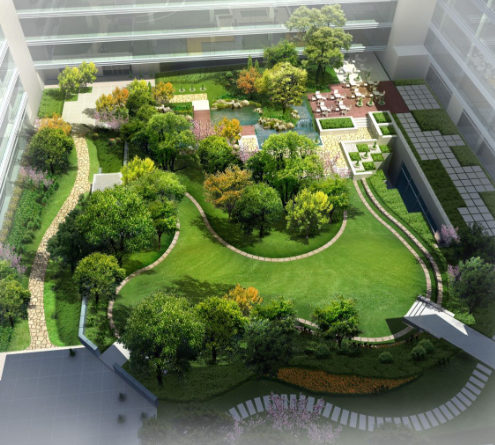In-Site Landscape Architecture: Designing Harmonious Outdoor Spaces
Landscape architecture plays a crucial role in creating spaces that are not only aesthetically pleasing but also sustainable and functional. In-site landscape architecture focuses on integrating these designs into specific locations while considering local ecosystems, culture, and community needs. Understanding this approach can enhance our appreciation for the environments we inhabit and inspire us to advocate for well-designed outdoor spaces.
Emphasizing Sustainability in Design
One of the core principles of in-site landscape architecture is sustainability. This approach emphasizes using native plants and materials that are well-suited to the local environment, reducing the need for irrigation and maintenance. By integrating features such as rain gardens and permeable pavements, landscapes can mitigate stormwater runoff, replenish groundwater, and support local wildlife. Not only does this protect the environment, but it also creates spaces that are in harmony with nature, encouraging biodiversity and enhancing local ecosystems.
Creating Functional Community Spaces
In-site landscape architecture is about more than just aesthetics; it’s about creating functional spaces that serve the community. Designers assess the needs of the community and consider how outdoor areas can best serve these needs. This may include park designs that facilitate recreational activities, walking trails that promote connectivity, or civic spaces that encourage social interaction. By engaging the community in the design process, landscape architects can foster a sense of ownership and pride, making these spaces truly reflective of local culture.
Integrating Art and Nature
One of the most intriguing aspects of in-site landscape architecture is the seamless integration of art and nature. Landscape architects often collaborate with local artists to create installations that enhance the beauty of the environment while also conveying cultural or historical narratives. Sculptures, murals, and interactive art pieces can transform ordinary spaces into extraordinary experiences. These artistic elements can not only beautify a space but also provide educational opportunities and stimulate community engagement, making landscapes more dynamic and vibrant.
In conclusion, in-site landscape architecture is vital for creating sustainable, functional, and beautiful outdoor spaces. By prioritizing community needs, environmental sustainability, and artistic expression, landscape architects can redefine how we interact with our surroundings. If you’re interested in deepening your understanding of landscape architecture, explore your local parks or community initiatives, and consider how you can become an advocate for well-designed outdoor spaces. Let’s embrace the power of landscape architecture to create better environments for all!

